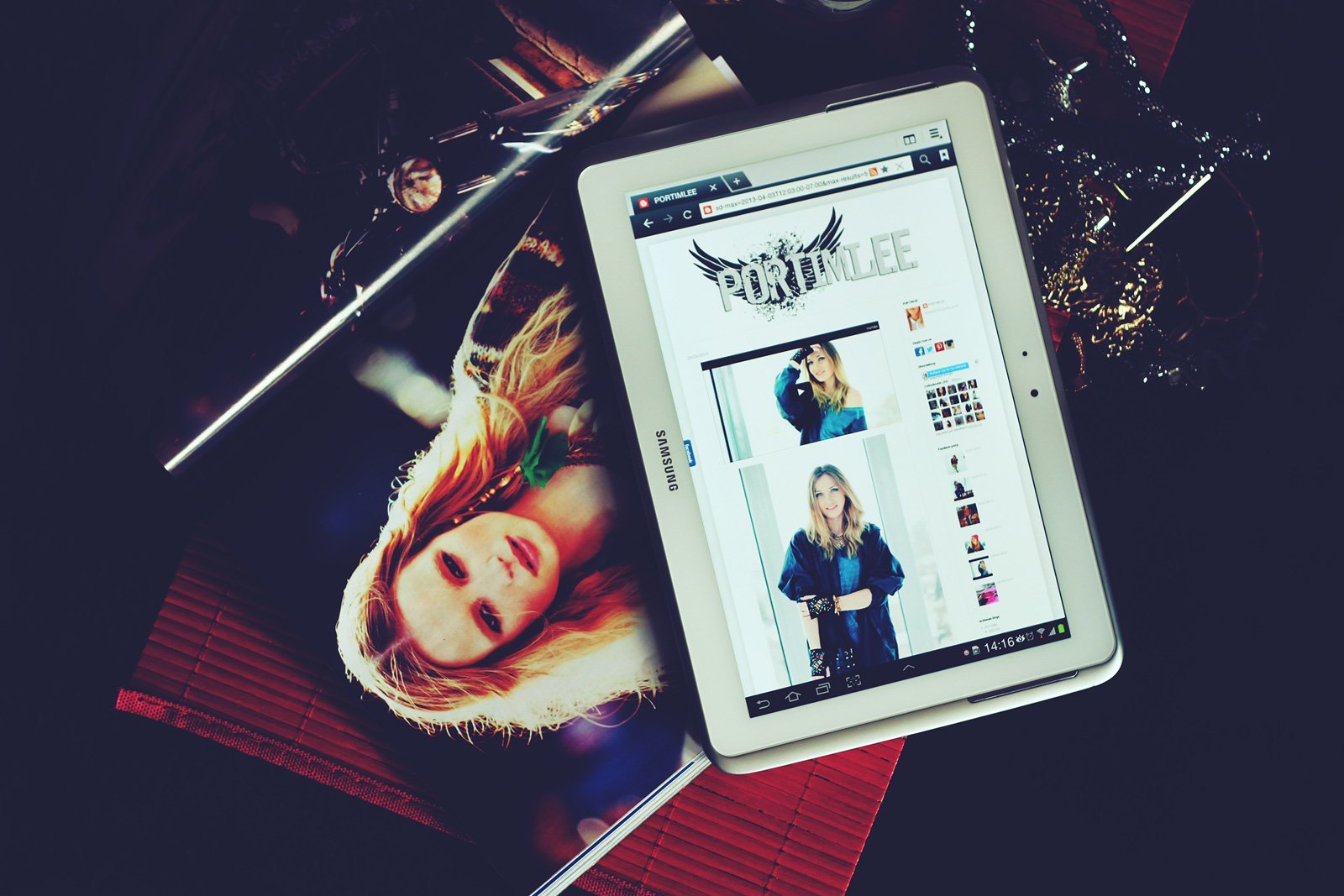DISCOVERIES
THE CHINCHERO WEAVERS TRADITIONS IN PERU
When you visit a country like Peru and take a close interest in its culture and history, it is also interesting to meet there weavers who are often located in radiant and authentic mountain villages who harmoniously accompany their know-how and who are happy,in addition to the presentation of their personalized products made to measure, to make
you love and discover their often ancestral traditions.
This fascinating country that is Peru is also a place conducive to creativity where we discover in particular women
passionate about traditional weaving that I met in Chinchero village located 30 kilometers from Cuzco in the heart of
the Sacred Valley of the Incas in the Andes and who shared with me their love of a job well done with weaving, which is a centuries-old Peruvian tradition complemented by values consolidated by time.Women's weaving technical date back to
pre-Columbian times when the Quechua tribe was created and this people, distributed between Argentina, Bolivia, Chile, Peru, Ecuador and Colombia, remains one of the most emblematic South America supplemented by its living places loca-
ted in villages mainly located at more than 3000 meters of altitude on the high plateaus of the Andes Cordillera and the weaving which is an integral part of the life of the Quechuas also represents, beyond its artisanal character,an identity
and the woven frescoes are also, for this people proud of their origins and their culture and whose language is only oral,
a means of communicating and a means of communicatingpreserving
its history. Proudly wearing the outfits of Andean women such as the montera which is a traditional hat supplemented with the lliclla which is a cloth worn on the shoul-
der, the Quechuas women of the Peruvian highlands whose know-how has been passed down from mother to daughter
for several centuries and who devote themselves to weaving while the men are active in the fields working the land also
live in a region conducive to sheep farming and lamas whose wool is intended for weaving as well as in the cultivation
of plants and flowers, some of which are used to dye wool with natural pigments dipped in cochineal and it is a pleasure
to discover how llama or alpaca wool is spun and colored with these elements which then gives it natural dyes astonis-
hing relles embellished in particular with a dazzling red.
Chinchero Traditional Market
Personal motivations and passion are always very strong when we listen to and question these women very often between 2 shaping or cutting operations and watch them work in their natural living spaces, particularly in the
open air with breathtaking views of the Andes mountain range and always fun because you learn there lot of things
while observing the meticulousness of their hands which shape, cut and adjust the products "made hand" as they tell me
with big smiles expressing all the satisfaction of a job well done. Andean village located at more than 3700 meters
above sea level whose name comes from "Chinchilla" (long-tailed rabbit), Chinchero is also renowned for its traditional
market which is held every Tuesday, Thursday and Sunday with the presentation of works products of Quechuas women
dressed in their traditional outfits in red, black or white colors which display their products and achievements along
shops and open-air spaces which also give the market a festive air in parallel with its resemblance to a theater set from
the 1930s. This typical Peruvian market, a real showcase of local craftsmanship, also promote exchanges with the
inhabitants and crasftmen while respecting their ways of life and their traditions in good balance with their environ-
ments and the bases of tourism united and responsible according to data elaborated within the framework of the good
practices of ecotourism allowing women of Quechuas to earn fair and equitable income from the sale of their shimme-
ring products.Actresses also guardians of their traditions in parallel with the cultural and historical richness of Peru that
we find especially in its radiant villages nestled on the summits of sumptuous mountains which also contribute to an environment conducive to creation that one never tires of discovering in this authentic country where history, culture
and well-preserved traditions are constantly combined.
Report : Gabriel PAGE
Photos Credit : Gabriel PAGE / Getty Images
































